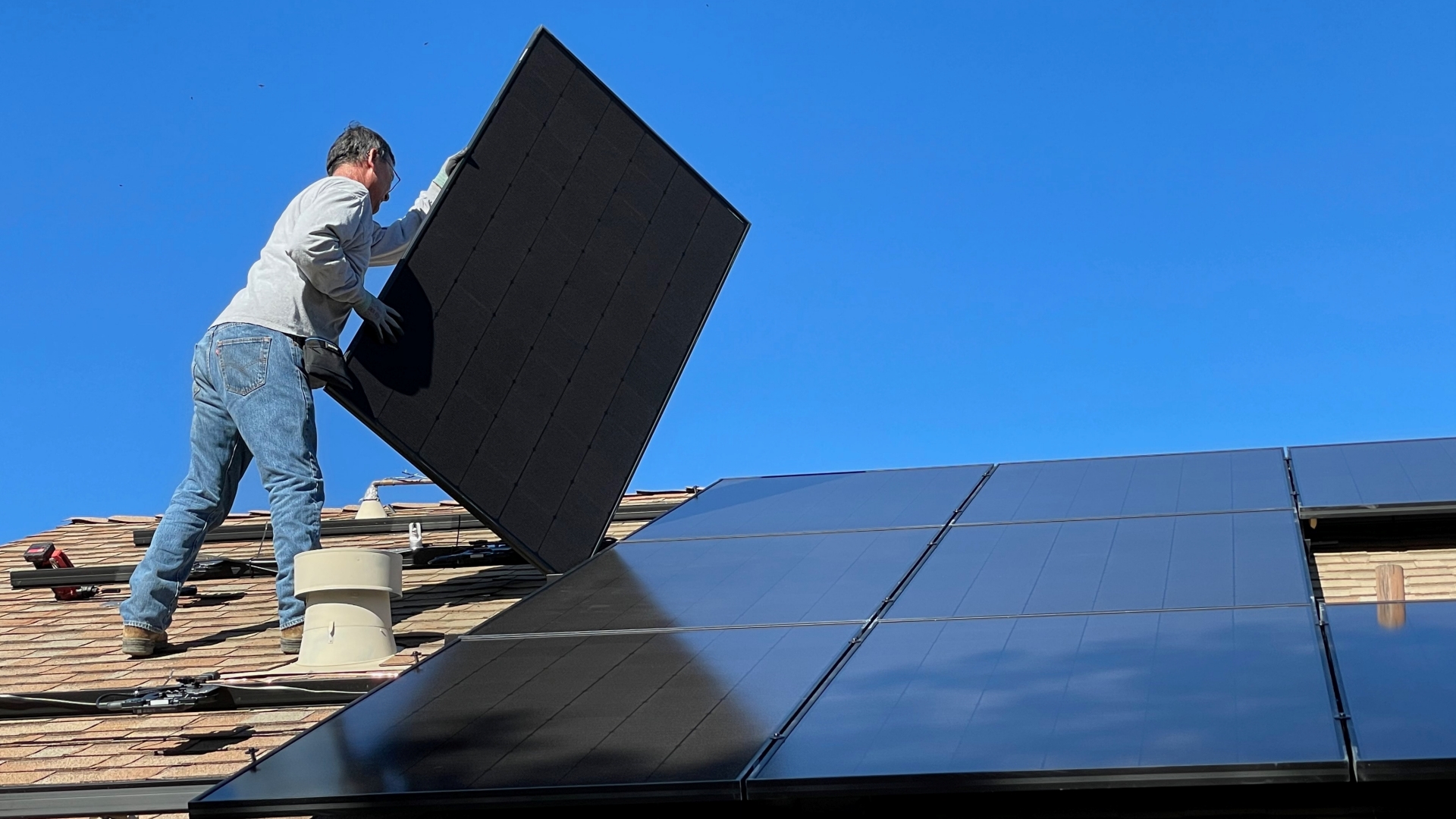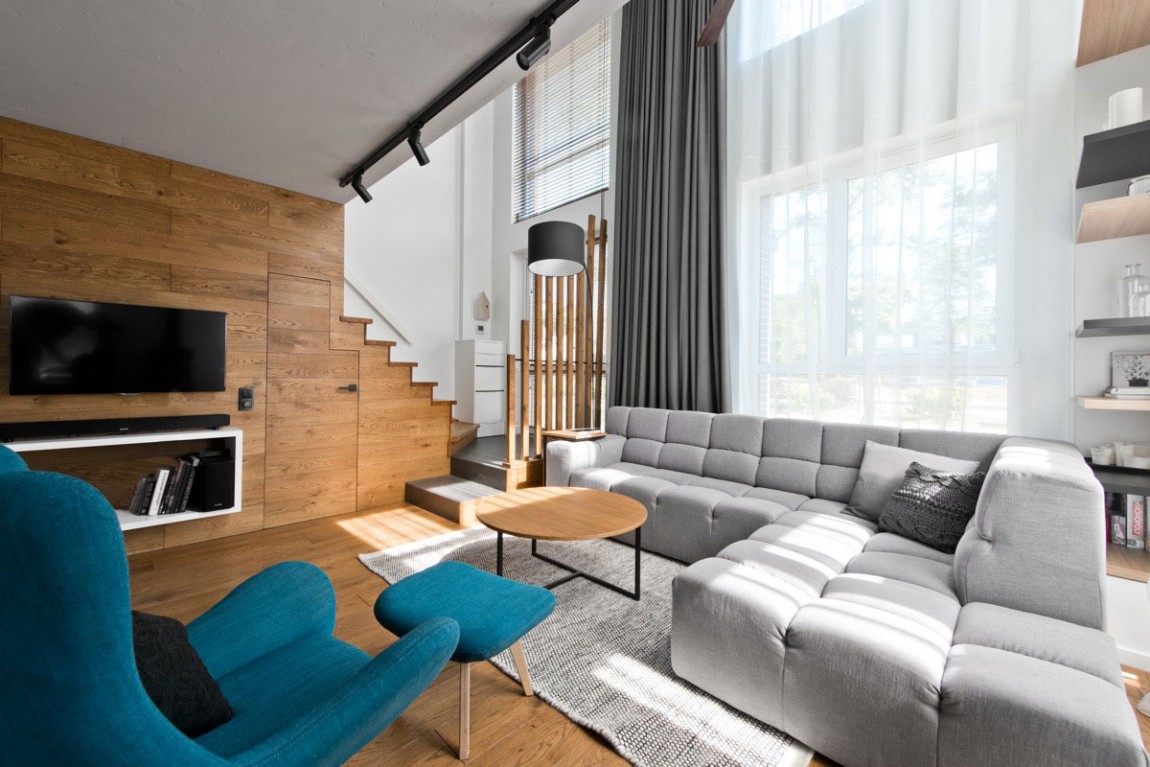Building a new home is an exciting opportunity to design a living space that perfectly suits your lifestyle. One important consideration that many homeowners overlook is the potential for incorporating solar power into their new homes. A solar-ready home is one that has been designed with the goal of using solar power to generate electricity. Here’s everything you need to know about building a solar-ready new home.
Designing a Solar-Ready Home
Designing a solar-ready home requires careful consideration of the home’s orientation, roof design, and electrical infrastructure. First, the home should be oriented to face south, as this will maximize the amount of sunlight that the solar panels can capture throughout the day. The roof design should also be considered, as explained by the team behind artisanelectricinc.com, as a steeply pitched roof will provide more surface area for the solar panels to be installed. The roof should also be free of obstructions, such as trees or nearby buildings, that could cast shadows on the solar panels.
The electrical infrastructure of the home must also be designed with solar power in mind. The home should have a dedicated space for the solar panels to be installed and connected to the electrical system. This space should be easily accessible for maintenance and repairs. The electrical system should also be designed to accommodate a solar power system, including a dedicated circuit and a battery backup system.
Installing a Solar Power System
Once the home has been designed to be solar-ready, the next step is to install the solar power system itself. This involves installing solar panels on the roof and connecting them to the home’s electrical system. It is important to hire a professional installer to ensure that the system is installed safely and correctly. The installer will also help to determine the size of the solar power system needed to meet the home’s energy needs.
The cost of installing a solar power system can vary depending on the size of the system and the local incentives and rebates available. Homeowners should research the available incentives and consult with a professional installer to determine the total cost of the system.
Benefits of a Solar-Ready Home
There are many benefits to building a new solar-ready home. First and foremost, a solar power system can significantly reduce or even eliminate the homeowner’s electricity bill. This can result in significant savings over time. In addition, a solar power system can increase the value of the home and make it more attractive to potential buyers. A solar-ready home also reduces the homeowner’s carbon footprint and promotes sustainability.
The Importance of Choosing High-Quality Solar Panels
When building a new solar-ready home, it is important to choose high-quality solar panels that will last for many years. Solar panels are an investment in the home’s energy future, and it is essential to choose panels that will provide the highest possible efficiency and durability. High-quality solar panels are designed to withstand extreme weather conditions and are made with materials that resist corrosion and wear. They also come with warranties that provide homeowners with peace of mind and protection against defects or performance issues.
Solar panel efficiency is also an important factor to consider. High-efficiency panels can generate more electricity from the same amount of sunlight than low-efficiency panels, which means that homeowners can install fewer panels to meet their energy needs. This can result in a lower overall cost for the solar power system. Additionally, high-efficiency panels are more space-efficient, which can be important for homes with limited roof space.
Maintaining a Solar Power System
Proper maintenance of a solar power system is crucial to ensure that it continues to operate efficiently and effectively. Regular cleaning of solar panels is necessary to remove dirt, dust, and debris that can reduce their efficiency. It is also important to regularly inspect the system for any signs of damage or wear and to replace any components that are no longer functioning properly. Homeowners should also monitor the system’s performance regularly to ensure that it is generating the expected amount of electricity.
Solar power systems typically require minimal maintenance, but it is still important to have them serviced by a professional installer at least once a year. A professional can inspect the system and perform any necessary repairs or upgrades. Regular maintenance can extend the life of the solar power system and help homeowners maximize their energy savings.
Building a solar-ready new home is a smart investment in the future. By designing a home with solar power in mind and choosing high-quality solar panels, homeowners can enjoy significant energy savings and reduce their carbon footprint. Proper maintenance of the solar power system is essential to ensure that it continues to operate efficiently and effectively. With careful planning, installation, and maintenance, a solar-ready home is a sustainable and cost-effective choice for homeowners.













